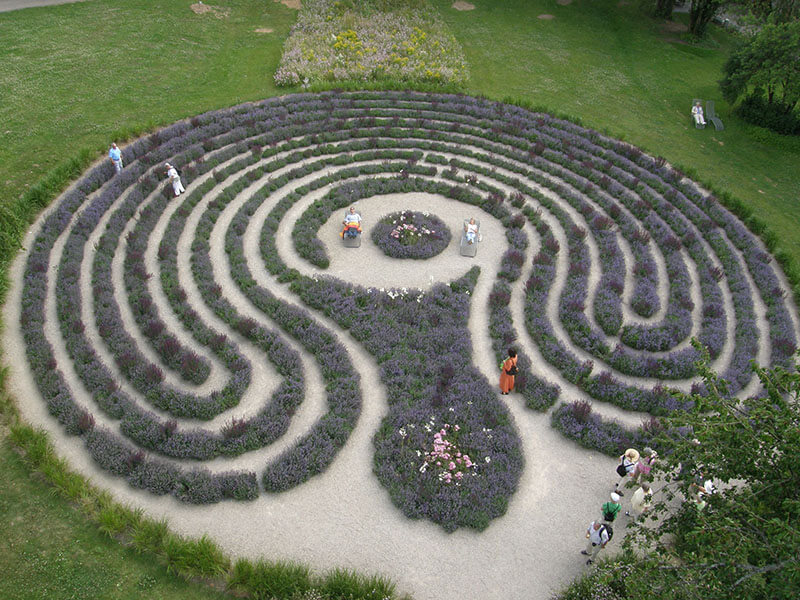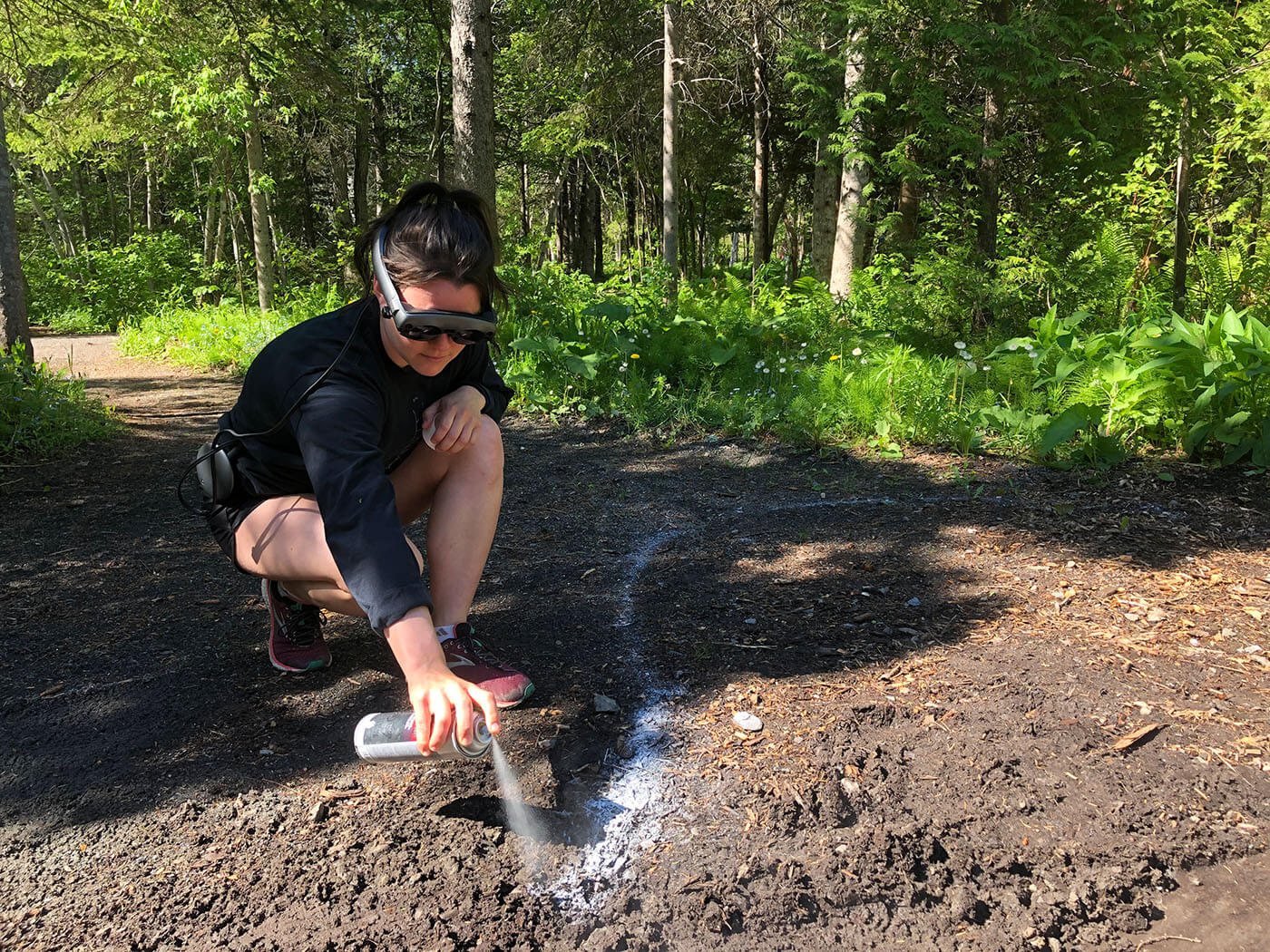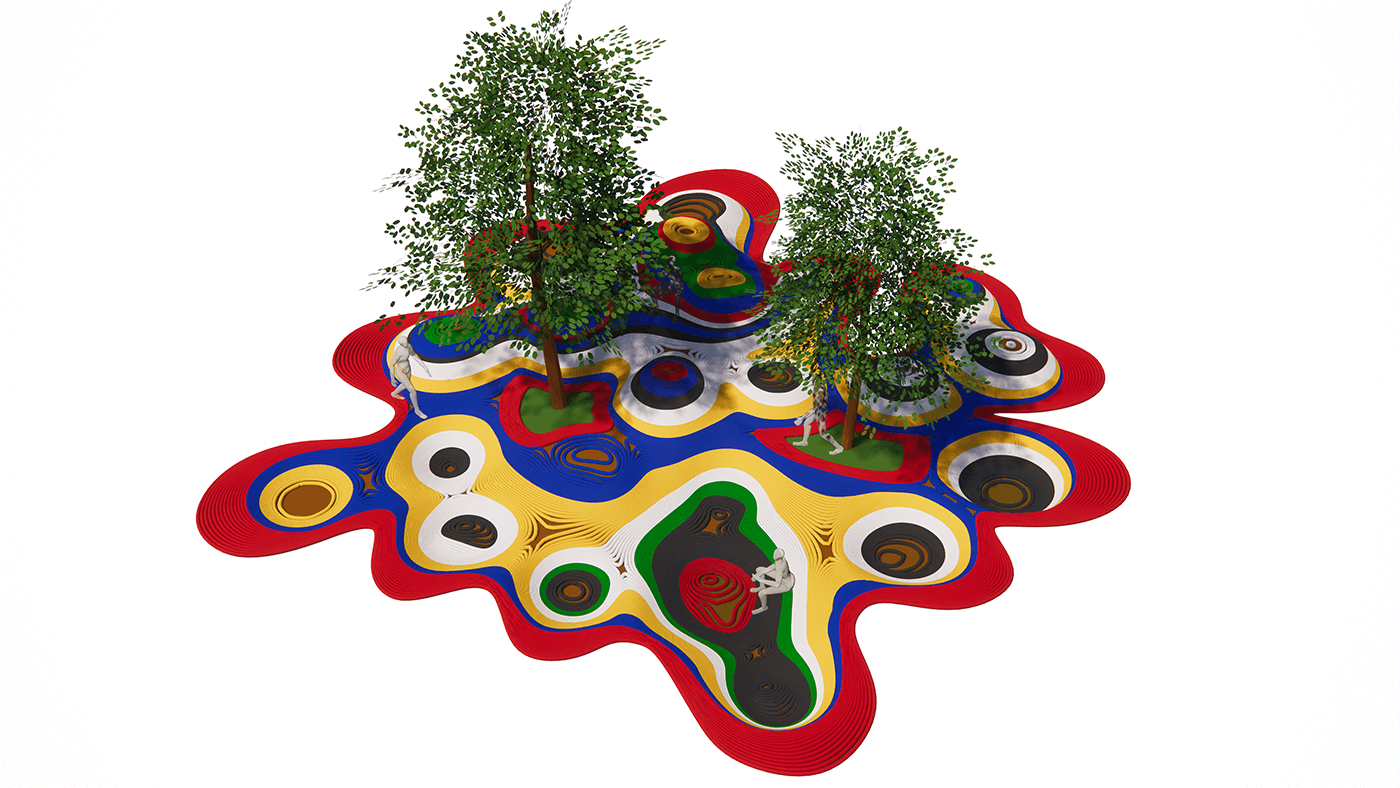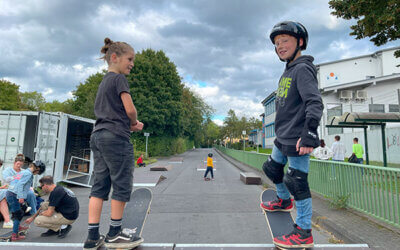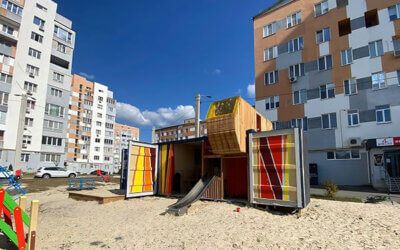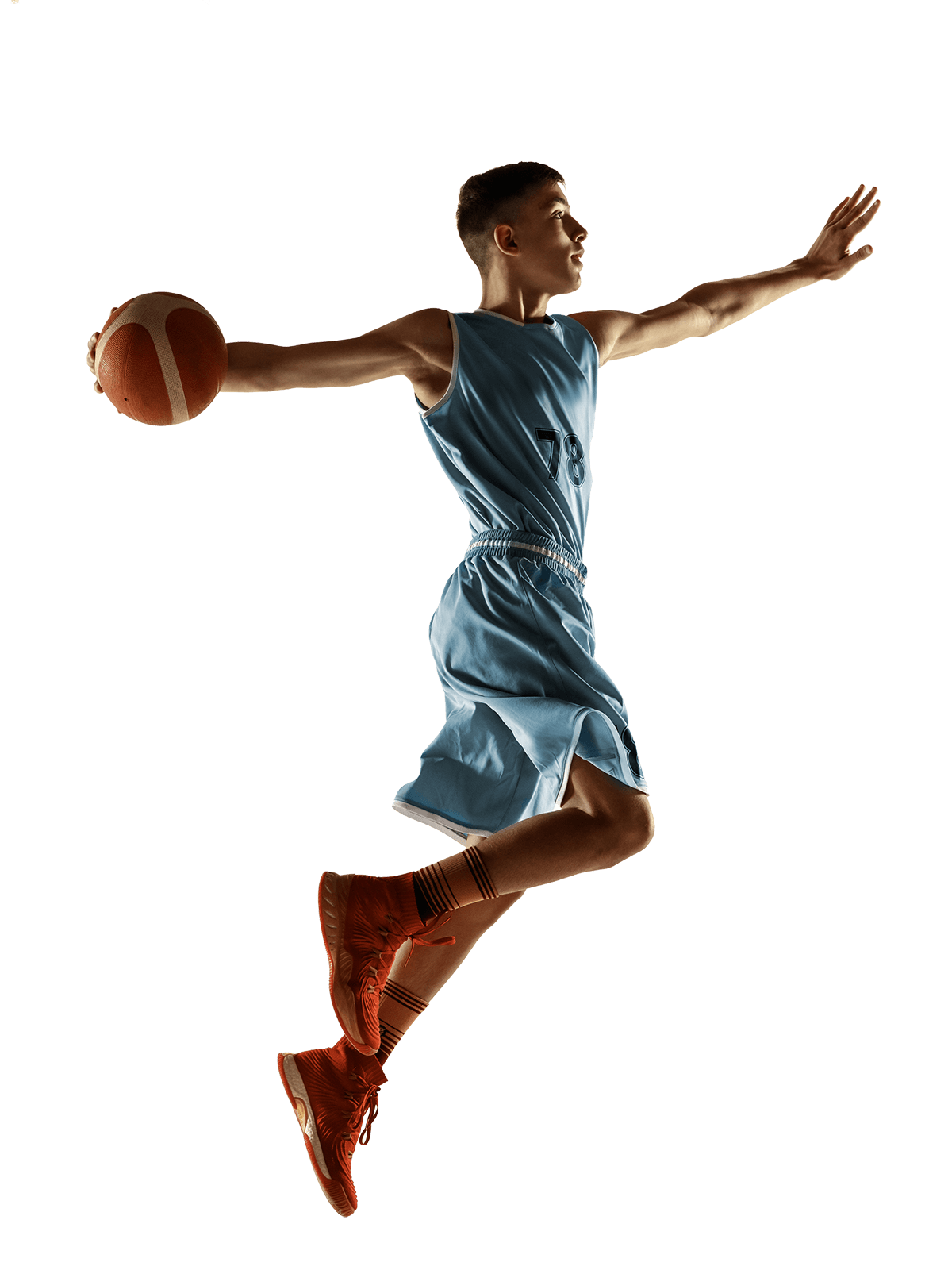Fits everywhere.
Loop of Wisdom
About
Living up to the suggestiveness of its name, the Loop of Wisdom embodies a timeless architectural concept. Powerhouse Company’s design for a technology museum and reception center for a new neighborhood in Chengdu, China, is much more than an exuberant landmark.
In addition to its obvious aesthetic appeal and cultural program, the fluid structure incorporates a spectacular public space – an undulating rooftop trail. This addition makes the Loop of Wisdom an accessible icon, rather than a remote beacon. It invites people to explore it and make it part of their regular walking or jogging routine.
Put a ring on it
The client, chip manufacturer and real estate specialist Uni-Hiku, asked Powerhouse Company to design the museum and reception center as part of its new development, Unis Chip City, in the vibrant metropolis of Chengdu.
The new buildings would also function as a technology education center as well as an information center for the new city development.
Topography
During the site visit, the architects noticed the natural undulation in the terrain, a very subtle and soft hill. Normally in Chinese development these natural hills are leveled.
Powerhouse Company decided instead to use the topography as the basis for a unique design that would bring an organic softness to the urban environment. By shaping a circular path that follows the topography, the two separate programmatic entities are combined in one single structure.
As the path rises up to make space for the program, it becomes a roof offering stunning views over the new development. The new building becomes a path and architecture at the same time, while allowing nature to continue around, under and within the form of the structure.
The red road
The rooftop walkway measures 698 meters around, rising 25 meters from its ground level access to offer spectacular views of the surrounding greenery and distant mountains.
Its surface is rubber asphalt – the material used for athletics tracks – making the path suitable for runners as well as walkers. Red was chosen for the color for the roof because of the striking contrast it makes with the lush green of the landscape.
Above the track
Above the track, the rooftop surface is composed of custom aluminium tiles. 15,218 of these, each with its own unique profile and numeric code, form a seamless skin for the serpentine shape.
The LED lights that illuminate the building at night and functional elements including gutters and handrails are all carefully concealed from sight, resulting in the streamlined profile that enhances the loop’s elegant simplicity and flowing lines.
Beneath the roof
Beneath the red roof, the exhibition spaces have a warm, natural atmosphere, created by wooden ceilings and open views of the surrounding landscape.
The facades are structurally glazed to a height of 13 meters with glass reinforcement fins. This transparency blurs the boundary between indoors and outdoors, again enhancing the connection with nature.
A bold new landmark
Located in the Tianfu New District of Chengdu in Sichuan, Unis Chip City is one of several developments springing up along the Tianfu Avenue. Situated next to this major artery, the Loop of Wisdom commands attention with its flowing form and vibrant red color.
At night, LED lighting transforms it into a glowing sculpture. As the first completed building in the new development, it acts as a symbolic landmark for the future community and as a magnet for attracting future residents.
Chinese rapidity
The entire Loop of Wisdom building, including the interior design and landscape design, was built with true Chinese rapidity: It took under a year to complete from design to construction. The design itself went from sketch to blueprint in a matter of days, thanks to the use of advanced parametric drafting software that was linked to the architects’ BIM model.
The six-hour time difference between Powerhouse Company’s head office in Rotterdam and the site in China allowed for efficient communication, with both parties touching base at the start and end of their respective days.
We did this.
Project data
Architect
Powerhouse Company
Westerlaan 17
NL — 3016 CK Rotterdam
Chengdu JZFZ Architectural Design Co.Ltd.
Project team
Stijn Kemper, Nanne de Ru, Project lead Niels Baljet, Project team Rui Wang, Albert Takashi Richters, Maarten Diederix, Meagan Kerr, Remko van der Vorm, Daan Masmeijer, Michiel Bosch, Niek Koning, Stavros Voskaris, Filip Galić, Severino Iritano, Davide del Sante, Reto Egli, Penny Uni, Dries Brøns, Caroline Desplan, Eli Keijser, Gert Ververs, Giovanni Andrea Coni, Rafael Zarza Garciá, Yanni Huang, Kimi Fei
Client
Uni-Hiku
Video
Contact
How can we be helpful?
Address
More Sports Media
Am Weitkamp 17
D‑44795 Bochum
Phone
+49 234 5466 0374
+49 172 4736 332





